
7 truths you didn't know about carbon fiber bikes
With the advent of carbon fiber bicycles, carbon fiber composite materials have become hot materials for industrial production. How is carbon fiber produced? Where does its lighter, stronger, and more rigid properties come from? What is the difference between carbon fiber and metal? Today, I will take you into the production workshop to uncover 7 truths you didn't know about carbon fiber bicycles.
Almost all carbon fiber frames are made in Asia.
A dazzling array of carbon fiber bicycles are all over the world. Whether it is a foreign brand or a domestic brand, most of the carbon fiber frames and parts of the bicycles on the market come from China or Taiwan. As a local Chinese company, top-fire has China's advanced carbon fiber material production and R&D technology, and is a professional carbon fiber bicycle manufacturer and seller in China.
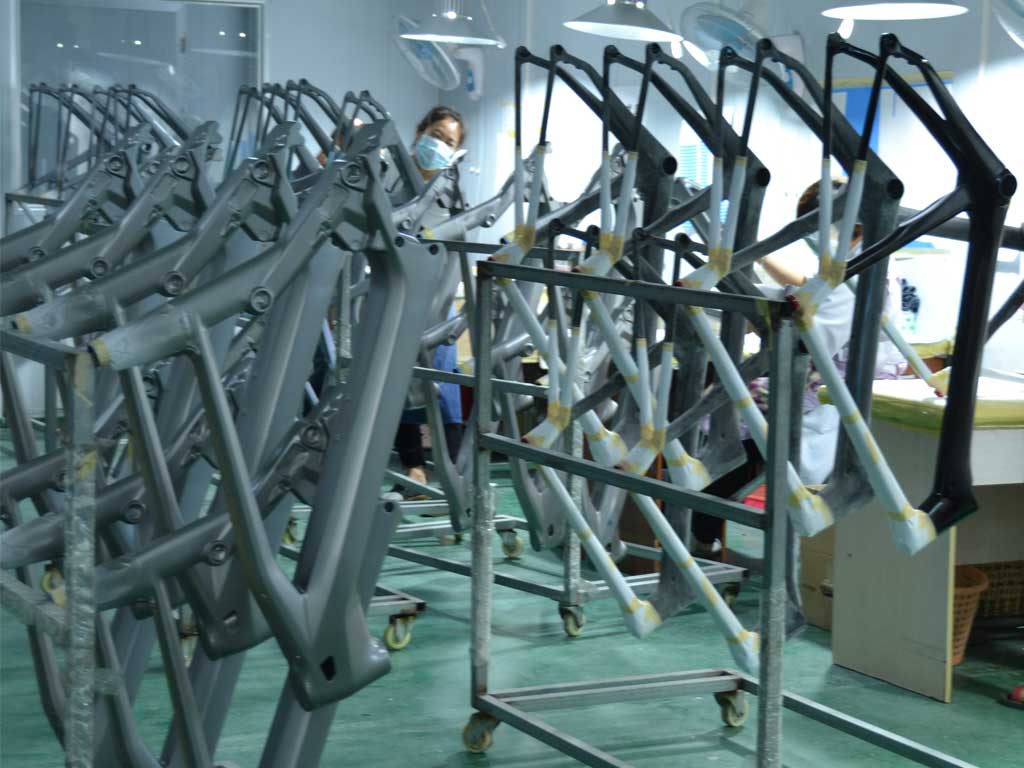
Most of the "raw carbon" of the carbon fiber frame comes from Asia.
The carbon fiber is made of polyacrylonitrile (PAN) fiber. Through high-temperature heating, the non-carbon materials in the fibers are burned out, and the long fibers in the polyacrylonitrile are retained. The more fully processed this process, the greater the rigidity of the carbon fiber materials. According to relevant statistics, more than 90% of global carbon fiber supply comes from only six companies: Toray, Teijin Group, Mitsubishi Rayon, Zoltek, Hexcel and Cytec, while Toray, Teijin and Mitsubishi have contracted Almost two-thirds of the world's carbon fiber production.
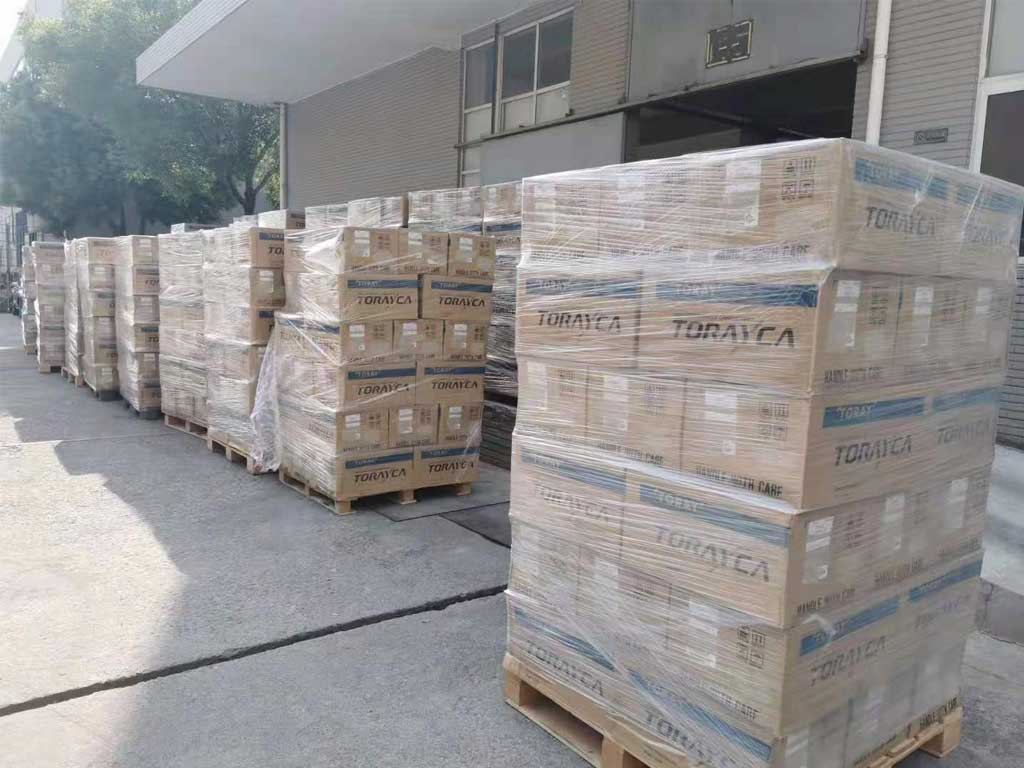
Each bicycle uses more than one type of carbon fiber.
There are many ways to present carbon fiber: raw silk, carbon fiber cloth, and chopped fiber. Different carbon fibers are used in different ways: chopped fibers are generally used for bicycle pedals; the main purpose of carbon fiber cloth is to make bicycle frames, and continuous carbon fiber cloth is wound on the frame mold like cloth; while raw silk is due to processing technology Complexity is relatively rare in the bicycle industry.
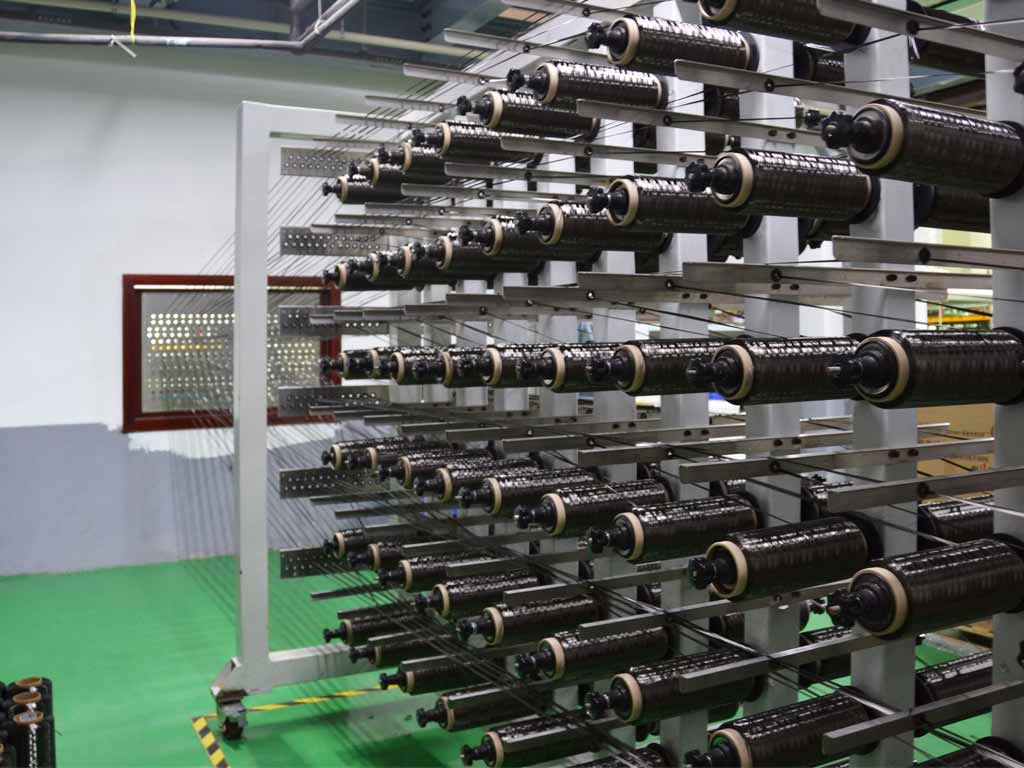
An indispensable process in the production of carbon fiber frame.
If you want to have an ultra-high rigidity carbon fiber frame, it is impossible to use only carbon fiber as a raw material. Carbon fiber itself is very fragile and split. In order to retain the characteristics of carbon fiber itself and to make the bicycle frame with ultra-high rigidity, carbon fiber will be immersed in epoxy resin (a gel-like material) before entering the mold, forming what we usually Said "carbon fiber composite material", this production process is called "pre-preg".
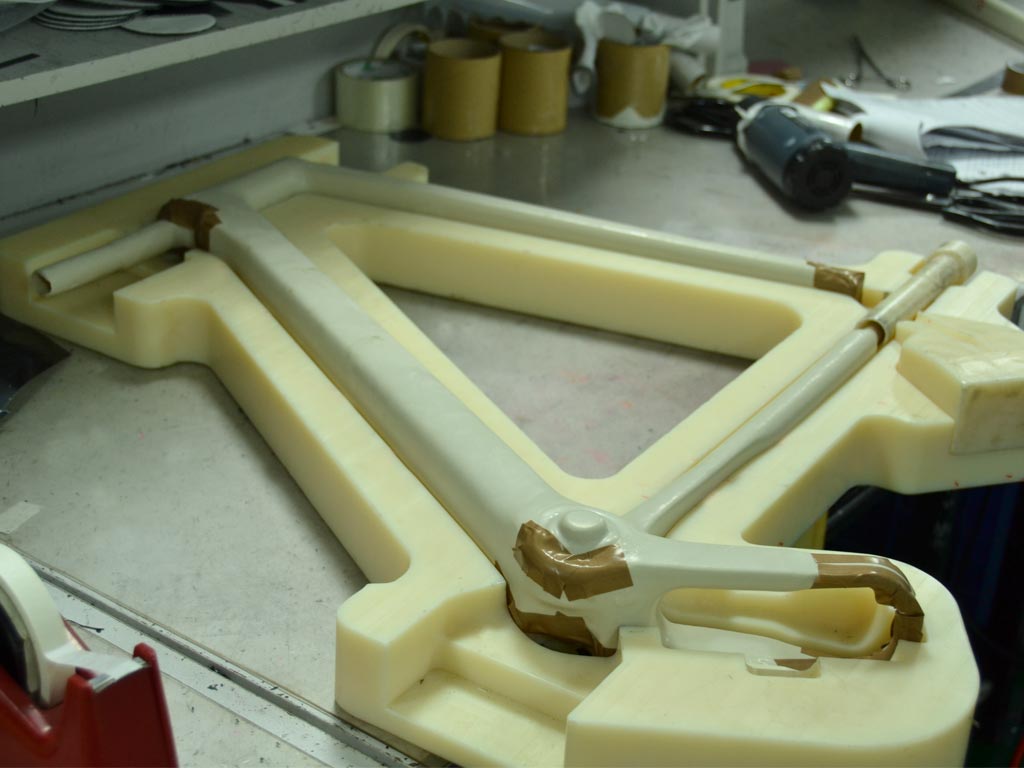
Bicycle companies do not set carbon fiber grades.
There are professional terms such as high modulus or "ultra-high modulus" in the carbon fiber production process of almost every bicycle company on the market, which is not fabricated or negotiated out of thin air by bicycle companies. Carbon fiber is divided into different grades according to its own stiffness, and evaluated according to tensile modulus or deformation under pressure. For carbon fiber, these evaluation standards and stiffness ranges are specified by the Japan Carbon Fiber Manufacturing Association (JCMA).
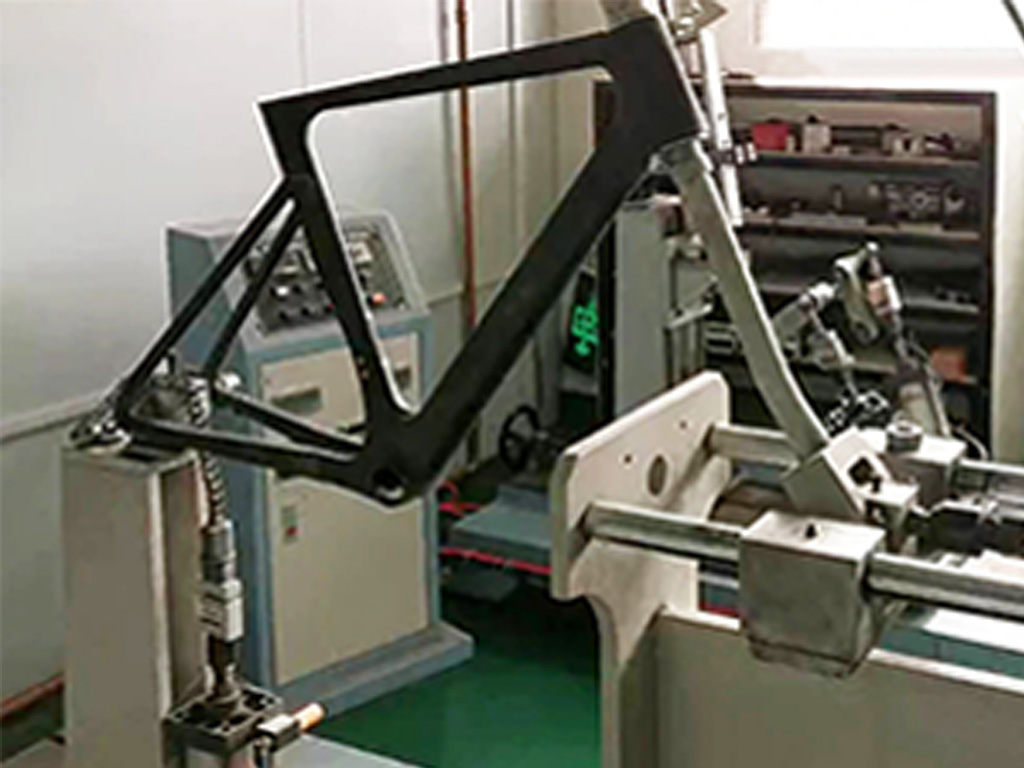
The most amazing and expensive process is---cascade.
Unlike metal isotropy, the stiffness of carbon fiber is unidirectional, and its stiffness can be adjusted according to how the carbon fiber composite material is adjusted into a straight line or how it is placed in the mold. This is called anisotropy. Engineers use anisotropic software to set the carbon grade, immersion material, the shape, size and direction of the carbon fiber strands, as well as its position in the mold, to achieve the extreme lightness, hardness and rigidity of carbon fiber. However, these procedures and the manpower required are very expensive, and in order to achieve high requirements, the design of the high modulus carbon fiber required is also expensive.
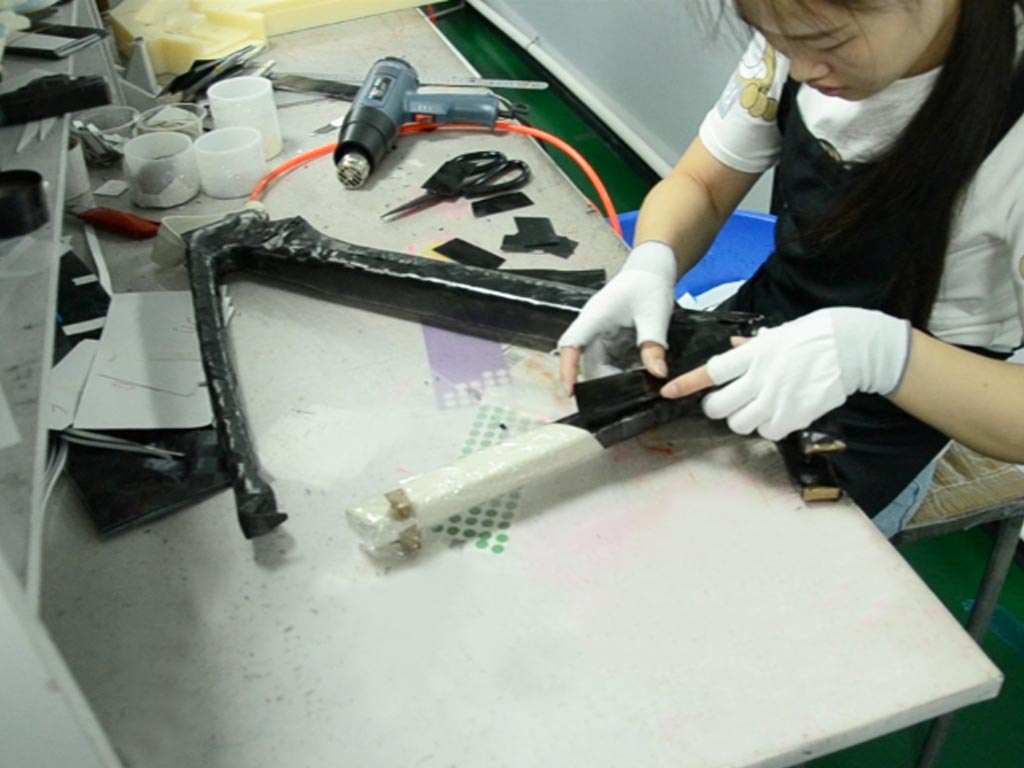
All carbon fiber frames are handmade.
Every carbon fiber frame, handlebar or other parts on the bicycle are all handmade. In the entire production process, only the cutting of carbon cloth requires computer control. Other stacking assembly, mold curing, cleaning, and painting require very careful manual processes. Professional workers will check the frame or parts for problems, such as wrinkles or stains caused by the unsmooth compaction of the carbon fiber layer. These problems will make the frame a defective product.
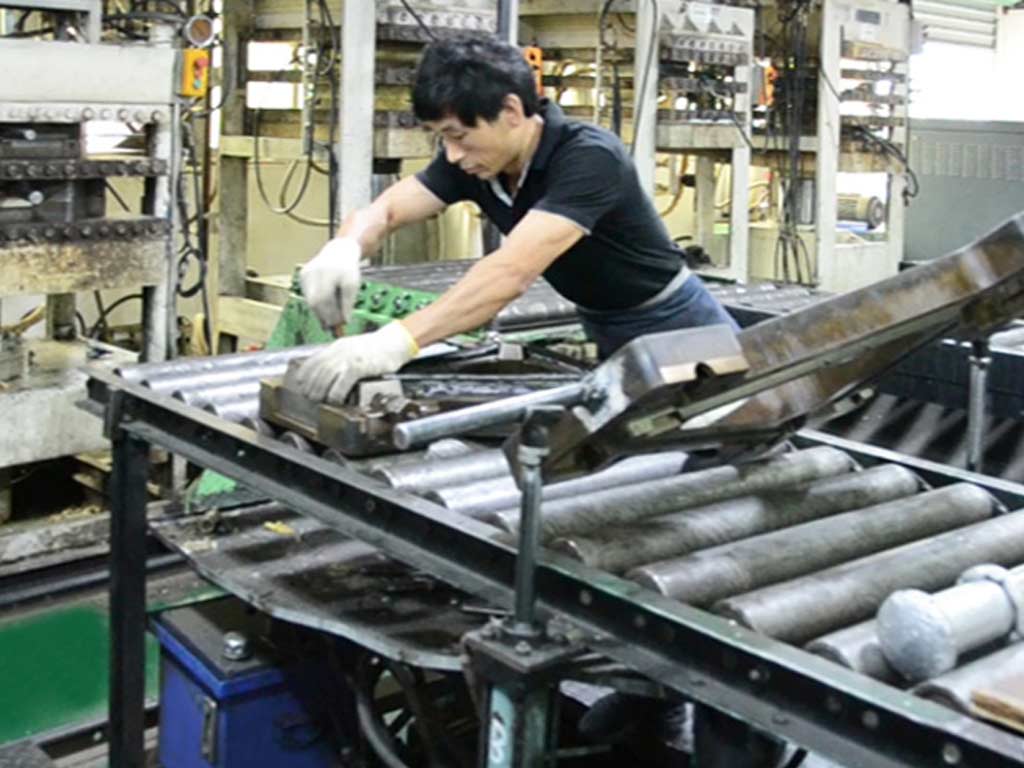
Copyright © 2026 Top-Fire Carbon Technology Co., Ltd. All Rights Reserved. Power by

IPv6 network supported